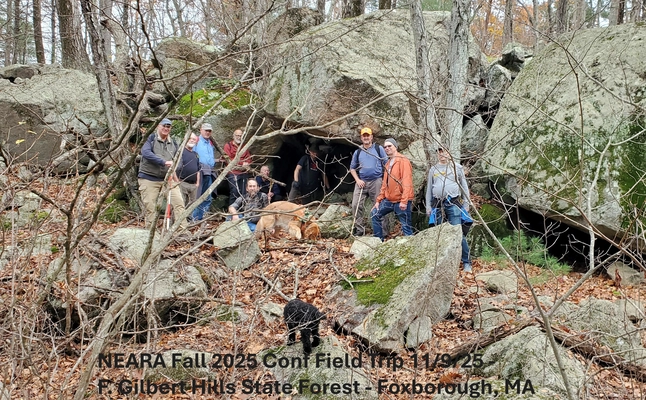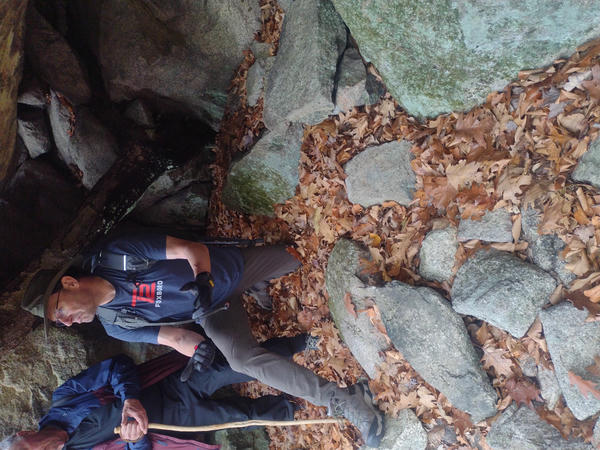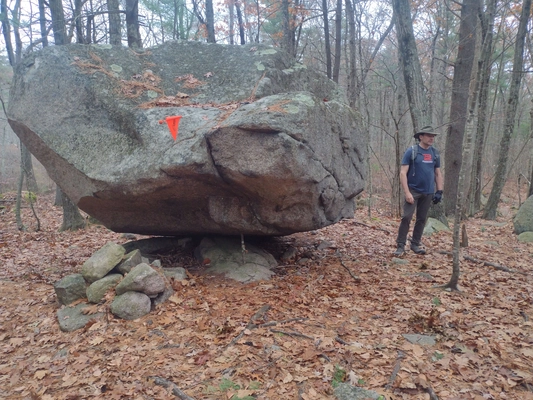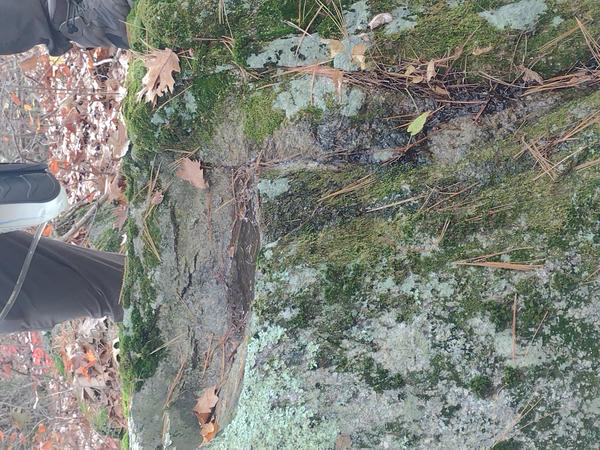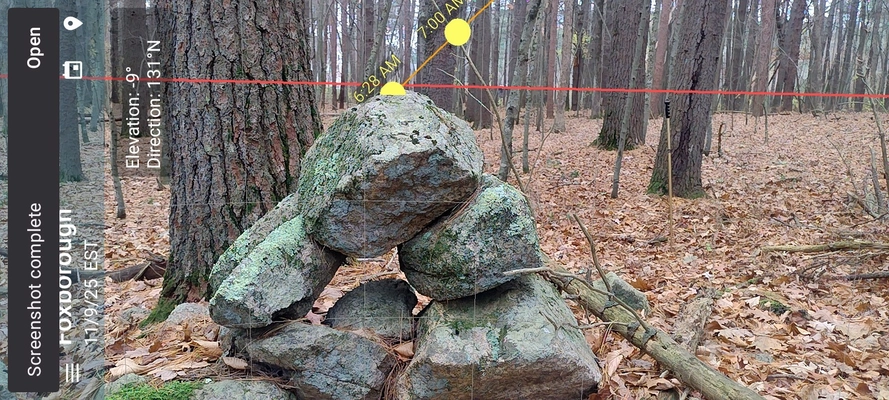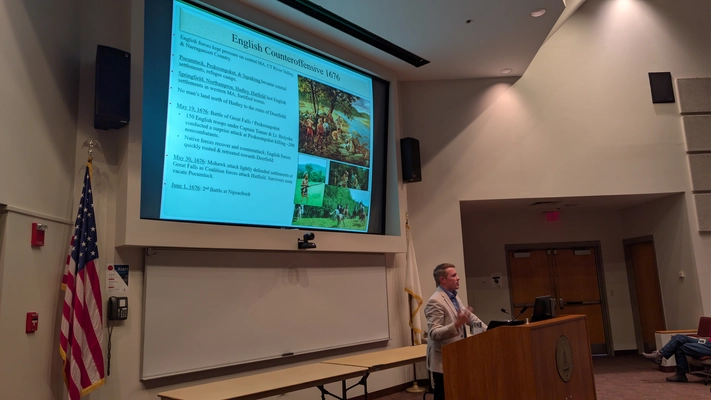
The Fall 2025 NEARA Conference was held at the Moakley Center Auditorium of Bridgewater State University in Bridgewater Massachusetts from November 7th to November 9th.
View the Fall 2025 Program.
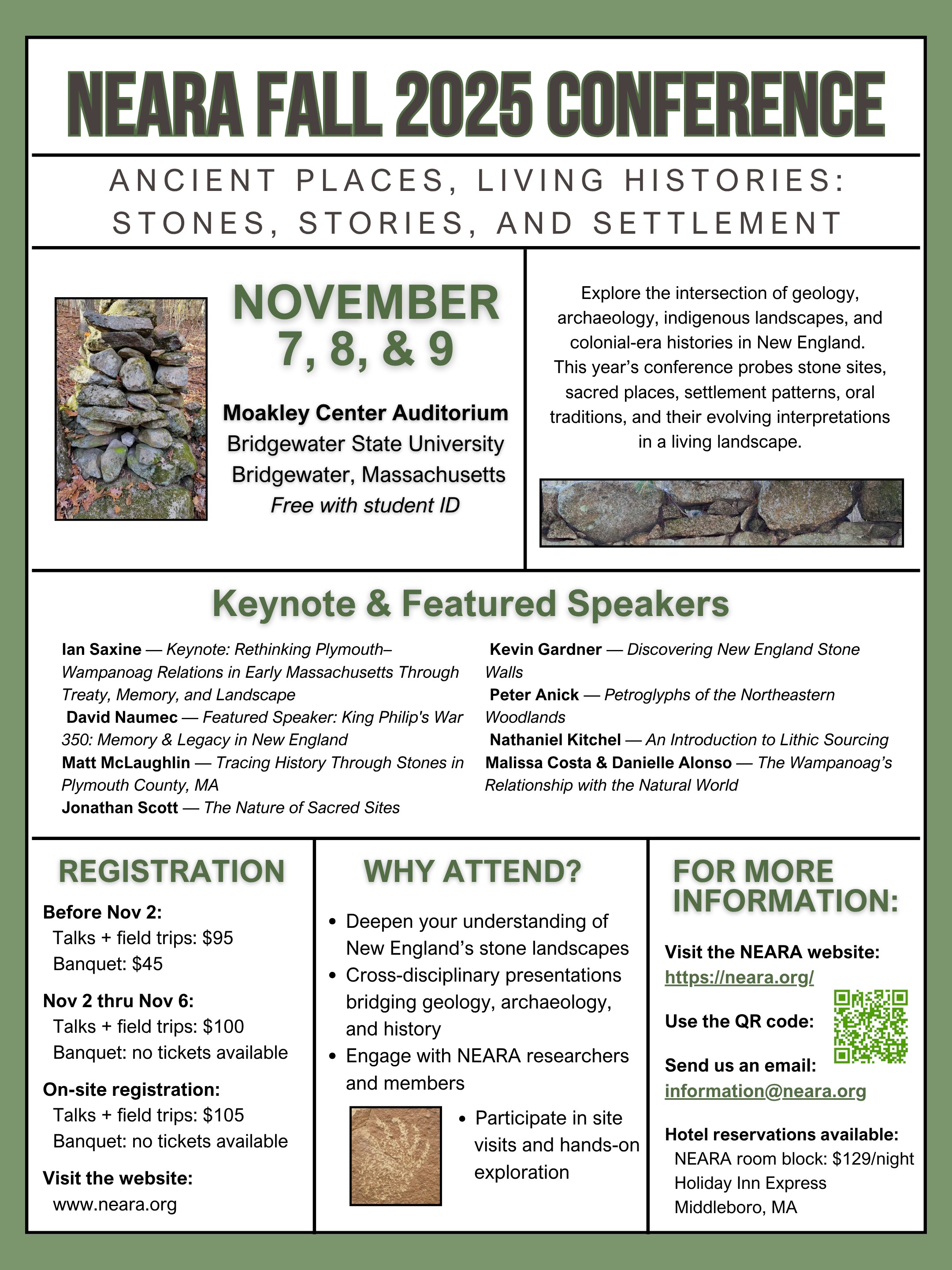
The Bridgewater area is rich in history and prehistory, with weirs, grinding stones, petroglyphs, stone walls and chambers, historic inscriptions, pulpit rocks, "praying village" sites, and many landmarks associated with King Philip's War.
The featured speaker on Friday was David Naumec,
Speakers on Saturday included:
The keynote speaker after the Saturday banquet was Ian Saxine,
The conference committees are always looking for good speakers. Help us by recommending a great presenter at: Suggest a Speaker
Videos will be posted soon.

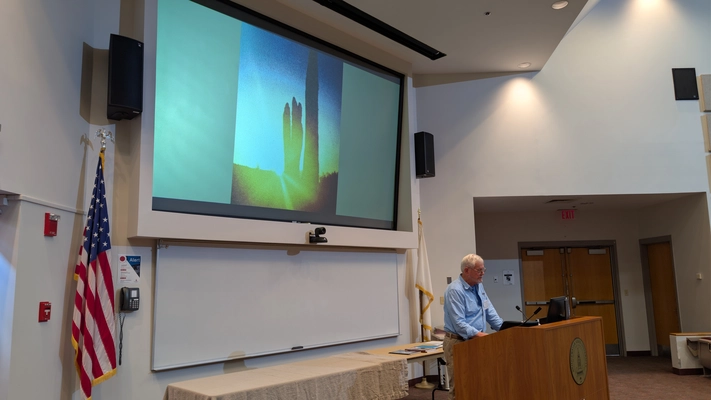
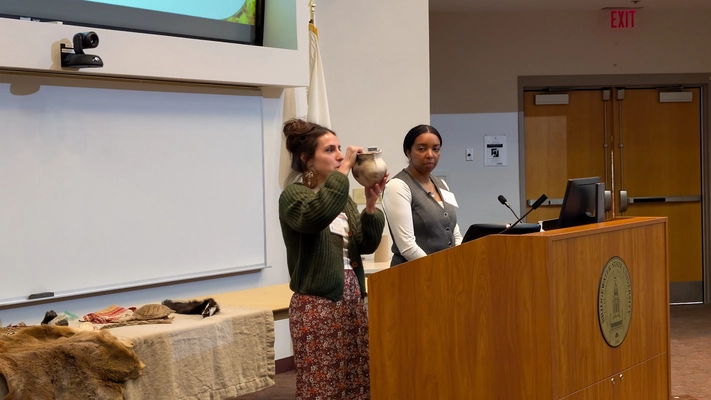
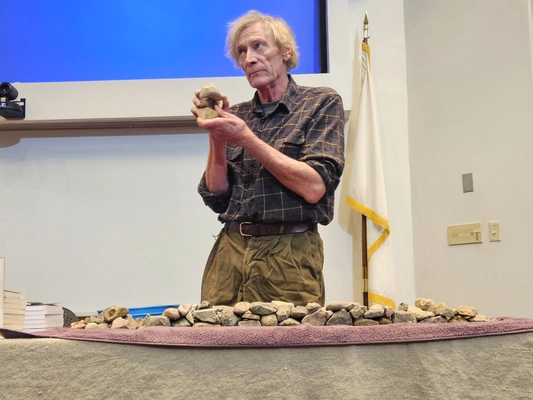
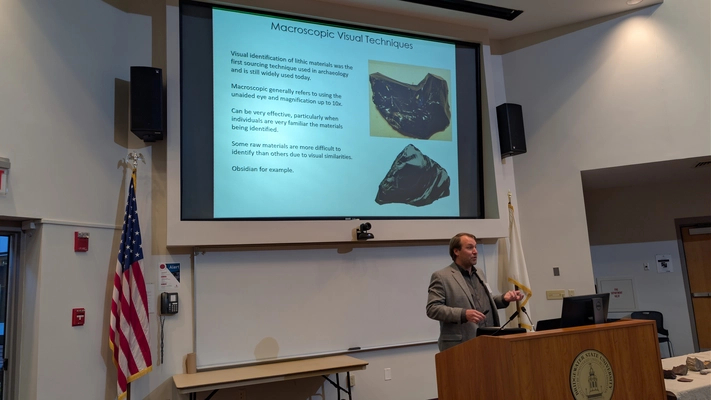
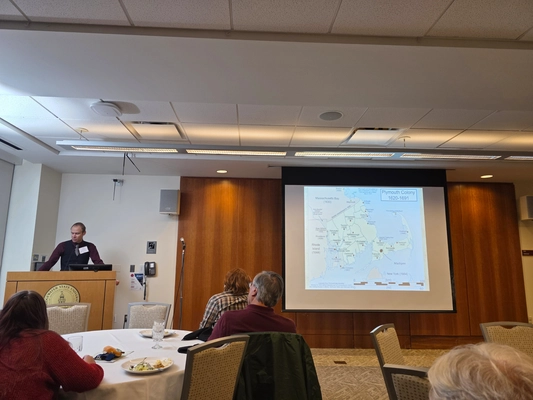
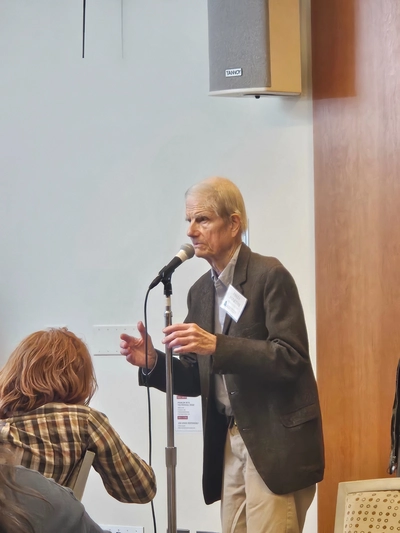
Friday field trips were at King Philip's Rock, Indian Head River, plus an explore-on-your-own-schedule tour of the Bridgewater area.
Sunday field trips were in Middleborough and Lakeville, in Foxborough State Forest, and in Bournedale and Plymouth.
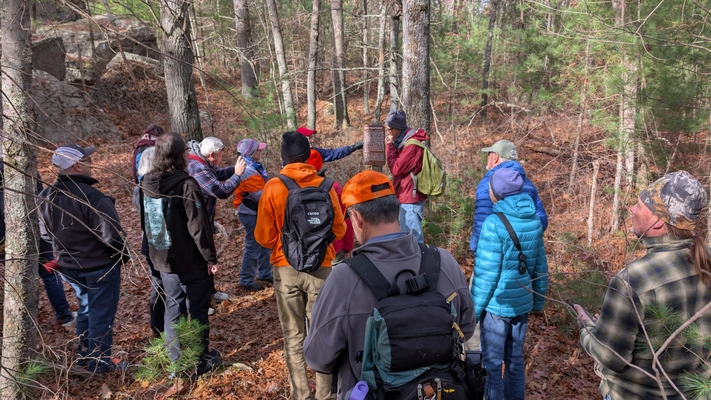
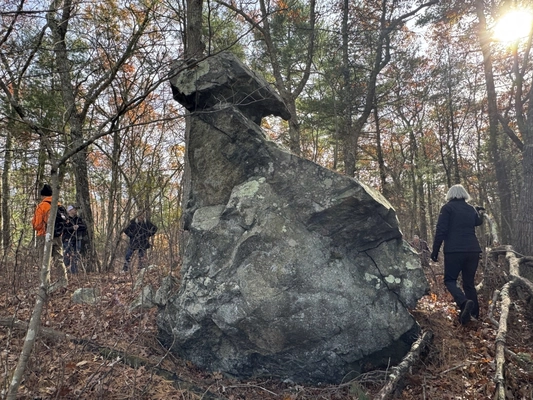
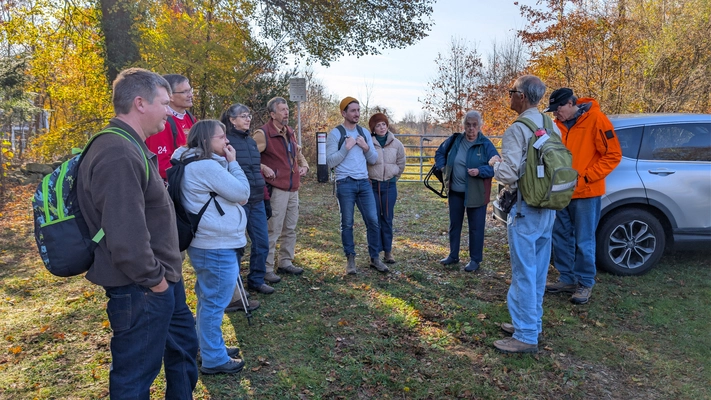
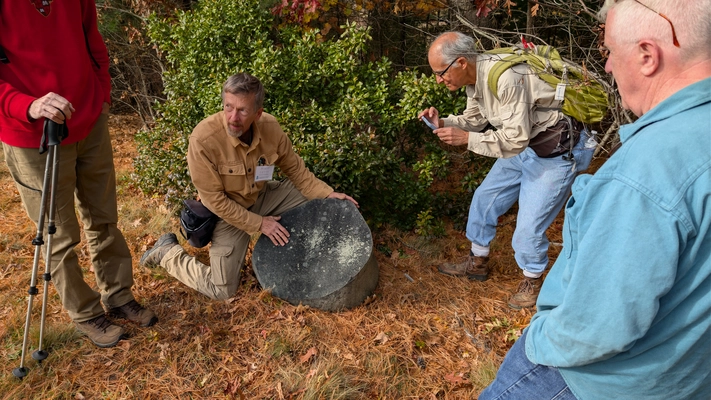
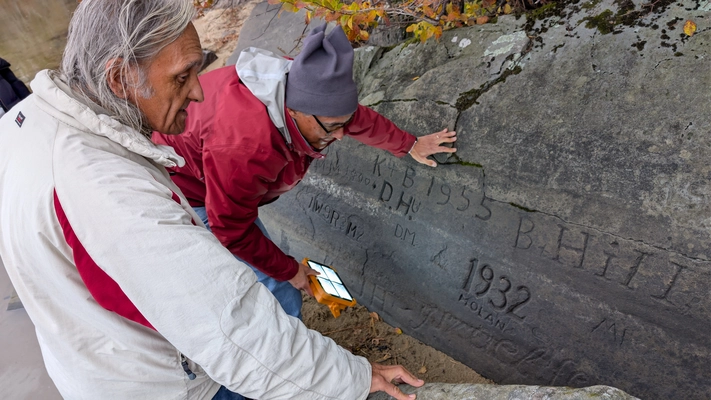
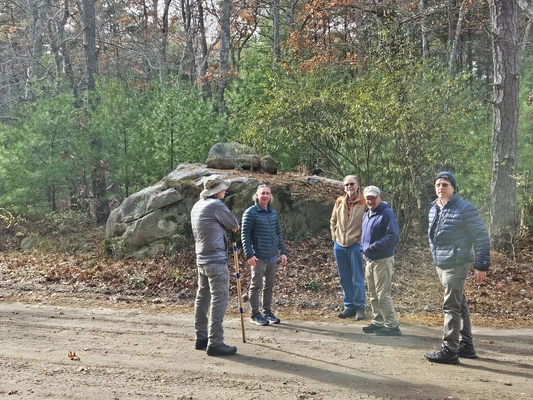
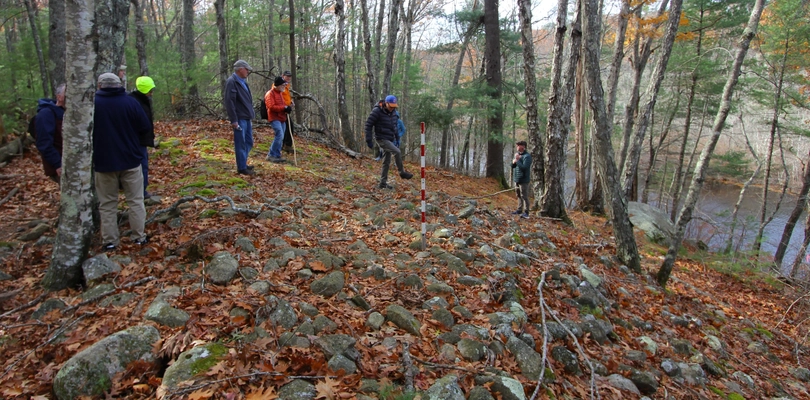
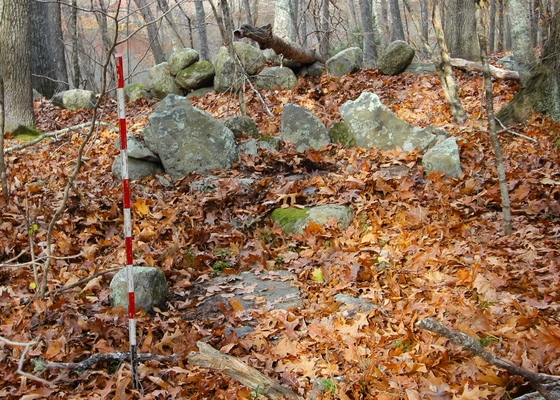
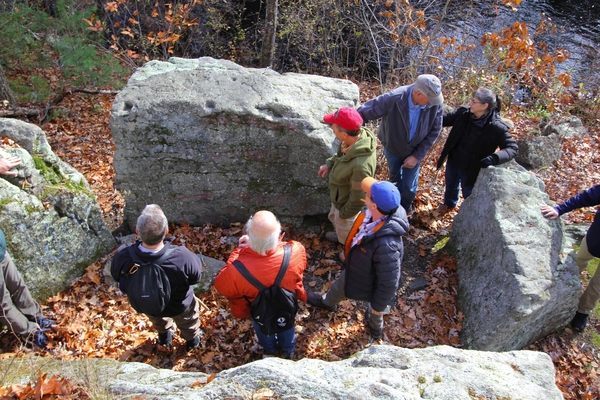
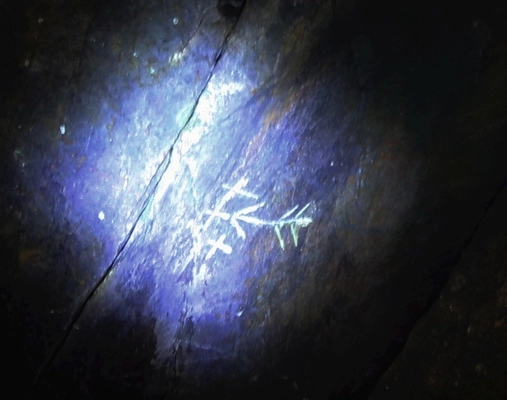
Stephen Carney served as our knowledgeable guide. Throughout the 3.5-hour excursion, we covered approximately 4.25 miles, enjoying both the favorable weather and the opportunity to connect with fellow participants.
The primary focus of our visit was to explore numerous CSL stone features scattered throughout the forest. Among the highlights were the four notable prayer seats and the series of four serpentine walls. One particularly memorable moment took place at the Mortar Ceremony Stone, where Stephen demonstrated the use of the mortar bowl. By pouring water into the bowl, he showed how the water cascaded down and flowed in the direction of the last serpentine wall we had just visited, creating a vivid and engaging experience for the group.
Stephen's analogies and explanations brought to life the significance and purpose of these native ceremonial sites. His detailed descriptions helped us imagine how such ceremonies might have taken place and deepened our appreciation for the cultural and historical importance of the features we observed.
Overall, the field trip was both educational and enjoyable, offering a wonderful opportunity for learning, networking, and experiencing the unique heritage of the Gilbert Hills State Forest.
